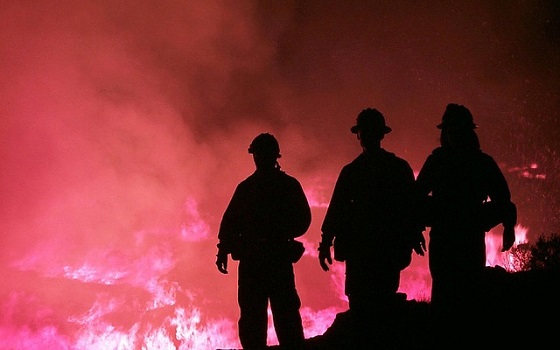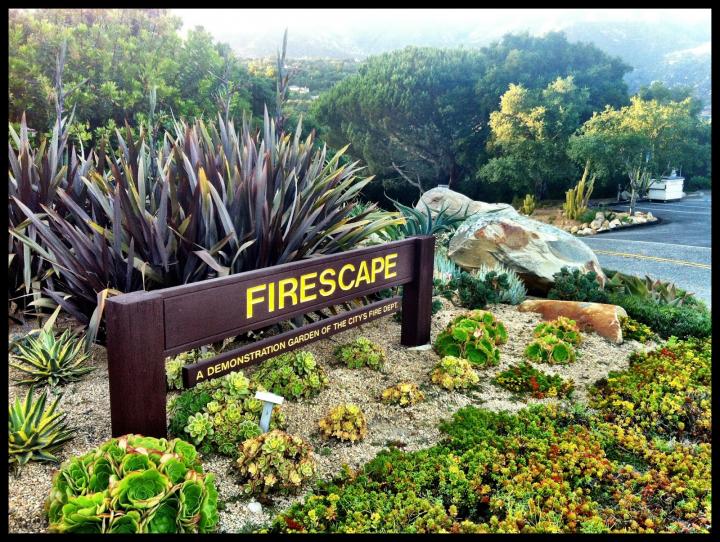
Plus, how to choose fire-resistant plants
You should tend your property before fire season "not!" when fire season normally begins. You should keep your brush mowed close to the ground, rake most of it up and trim trees of dead limbs and other branches 8 feet from the ground ( fruit trees not included). Also clean those areas around your house and buildings, the nooks and corners, of leaves and other debris. Start a compost pile or bin away from your house or buildings for all the debris. Have enough hose to fight fires about 200 feet from your home and structures, multiple spigots around the property are very helpful.
99 percent of outrageous wildfires in the last 20 years is due to two things, 1) forest mismanagement and 2) increased arson caused fires. If you look at private forest land or private grazing meadows/pastures there is rarely a wildfire. If so, it is lightning caused and goes out quickly.
The things I learned ( my brother was in the volunteer fire department ) is to start early in the year, like mid-spring, for brush clearance ( not just mowing ). Yes clearance!!! We see many people start mowing the brush around their property around late June/early July or later and leave it on the ground when the brush is already dry, this is too late and too little. Brush mowings left on the ground are fuel just waiting to be ignited and for the wind to carry them forward to create more fire. If you must wait until the brush is dry use a disc harrow which turns the brush into the soil therefore removing fuels. Trim tree branches up 8 feet from the ground where possible. Know where those areas around your house (and buildings ) are where the wind deposits the leaves and remove them at least every other week, add to your compost pile ( simple wire fencing circle works ). Keep brush trimmed from along your driveway and roadways ( note: the county does not clear the brush from roadways ). Do not pile up stuff against your house, garage or shop. Have enough hose length to reach the corners of your property, install water lines to each corner and install spigots for your hoses, 2 sets of hoses are better. If you can afford it install in-ground water storage tanks and keep a pump and generator ( the power WILL go out!!! ).
Remember "NO FUEL, NO FIRE".
All good advice Scott.





